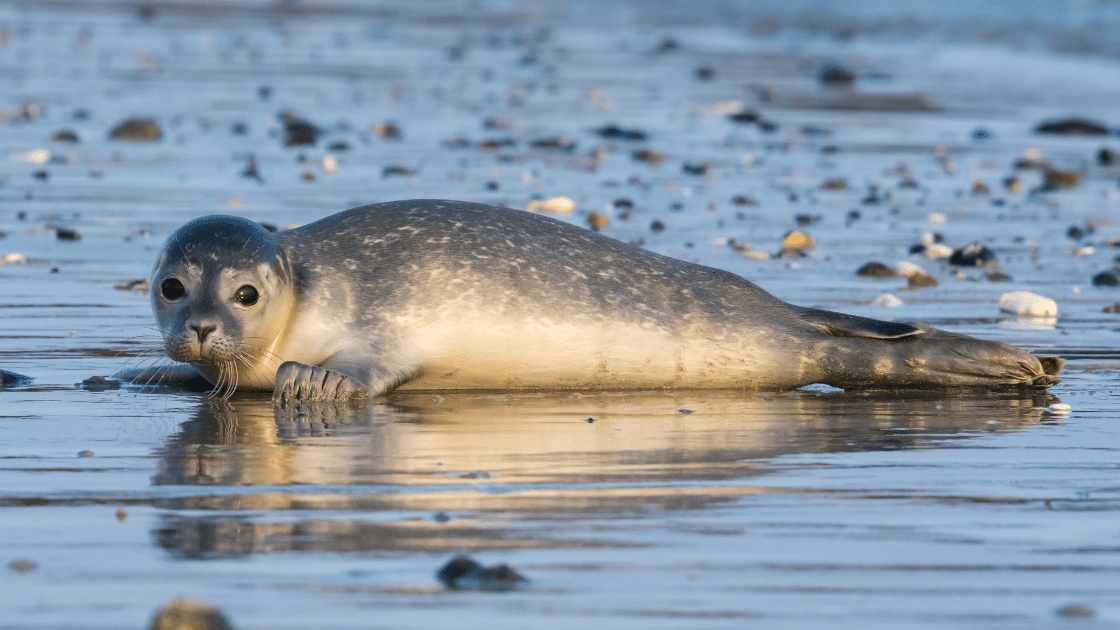A squeeze, nudge, or smack may be needed to signal the transition from sleeping in the womb to waking up. This is called the “Madigan Squeeze Technique.”
A squeeze creates pressure over the body which mimics the normal birth canal pressure.
For example, this newly born seal pup appears dead until the mother nudges it to life.







